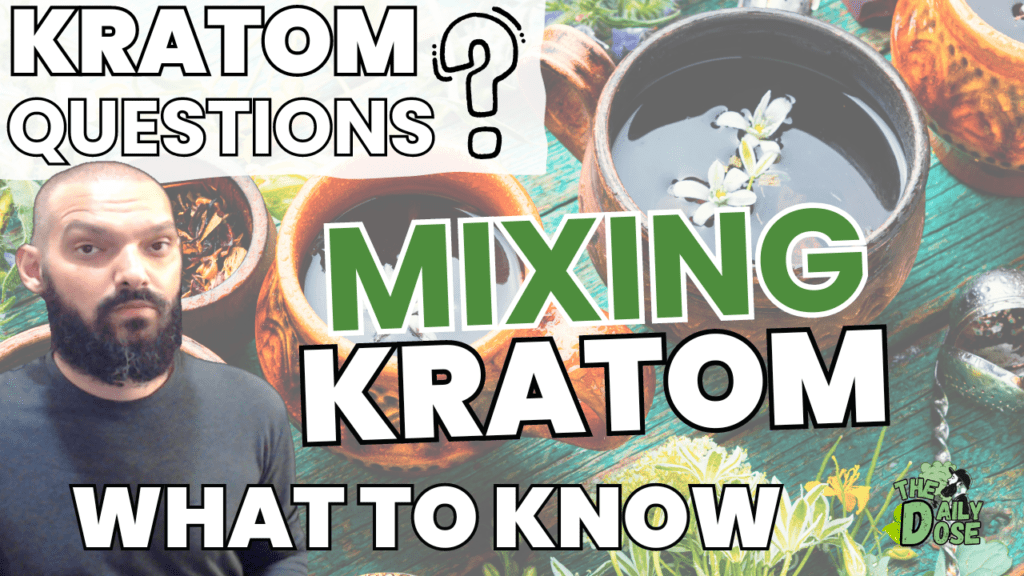Key Take Away
- Kratom contains alkaloids that interact with opioid receptors in the brain to produce its effects.
- Blending kratom with other substances can enhance its effects or cause adverse reactions.
- Common substances to mix with kratom include coffee, tea, juice, and protein shakes.
- Safety precautions when mixing kratom include consulting with a medical professional, starting with small dosages, avoiding alcohol and other drugs, and using quality kratom products.
- Potential risks of mixing kratom include overdose, adverse reactions, addiction and dependence, and long-term health risks.
Mixing Kratom What To Know
Introduction:
Kratom, a tropical plant native to Southeast Asia, has gained popularity in the United States as a natural remedy for various ailments. This herbal supplement is known for its stimulating and relaxing effects and is commonly used to alleviate pain, anxiety, and depression.
Kratom has been making waves in the Western world for its unique properties and versatile applications. Kratom enthusiasts often explore the art of blending different strains to create a customized experience that caters to their specific needs. In this comprehensive guide, we will delve into the world of mixing Kratom strains, unveiling the power of synergy and the possibilities it offers.
While kratom can be beneficial when taken alone, some people prefer to mix it with other substances to enhance its effects. Mixing kratom with other substances requires careful consideration to avoid adverse reactions and health risks.
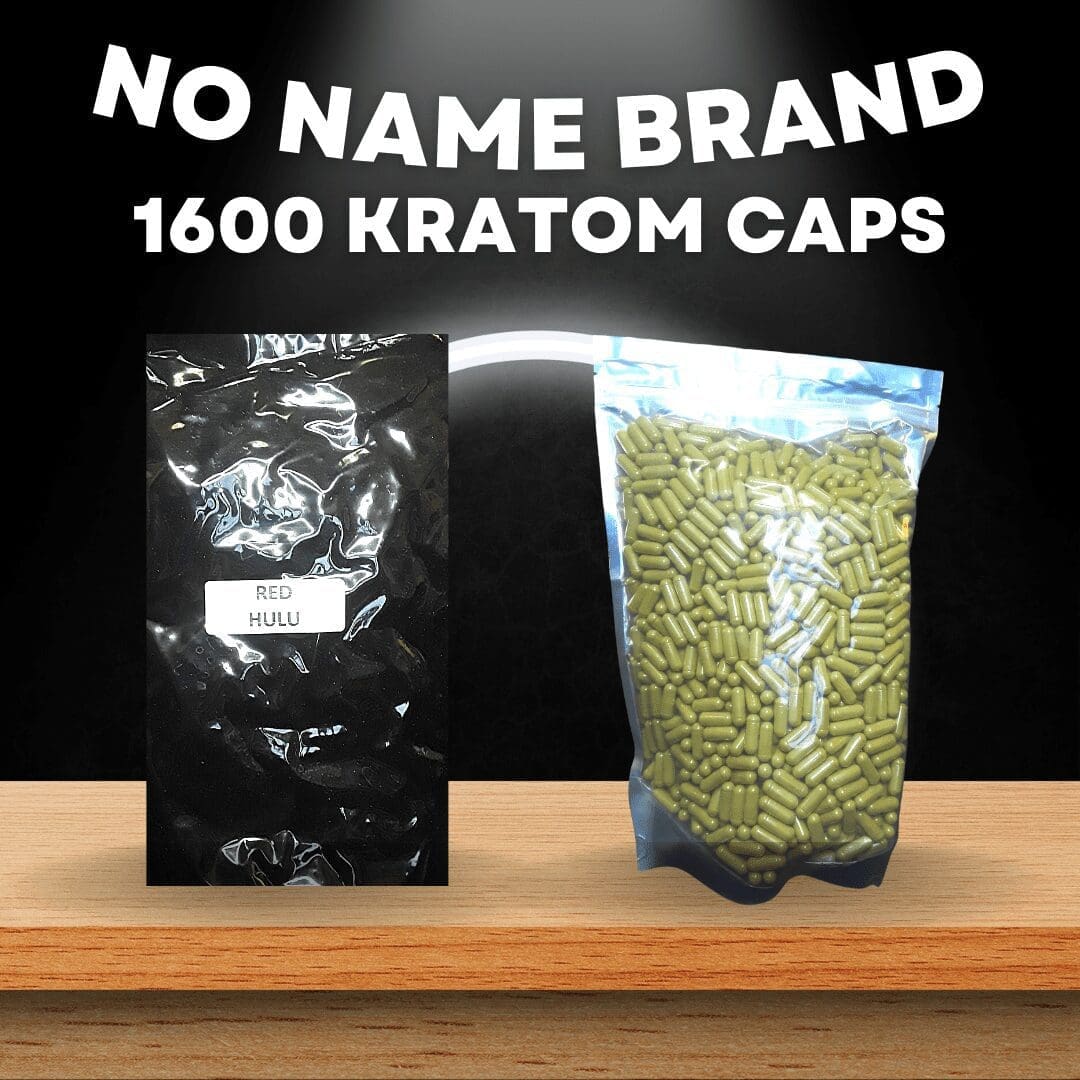
Understanding Kratom
Before we dive into the intricate world of blending Kratom strains, it’s crucial to have a solid grasp of what Kratom is and its diverse strains.
Kratom, scientifically known as Mitragyna speciosa, is a tropical tree indigenous to regions like Thailand, Indonesia, Malaysia, and Papua New Guinea. The leaves of this tree have been used for centuries for their natural, holistic properties. Kratom contains alkaloids, most notably mitragynine and 7-hydroxymitragynine, which interact with the body’s opioid receptors, producing various effects.
Kratom strains are characterized by the color of the veins on the leaves, and these colors, in turn, determine the properties and effects of the strains. The most common Kratom strains include Red Vein, Green Vein, White Vein, Gold Vein, and Maeng Da. Each strain has its unique set of properties, which opens up exciting possibilities when it comes to blending.
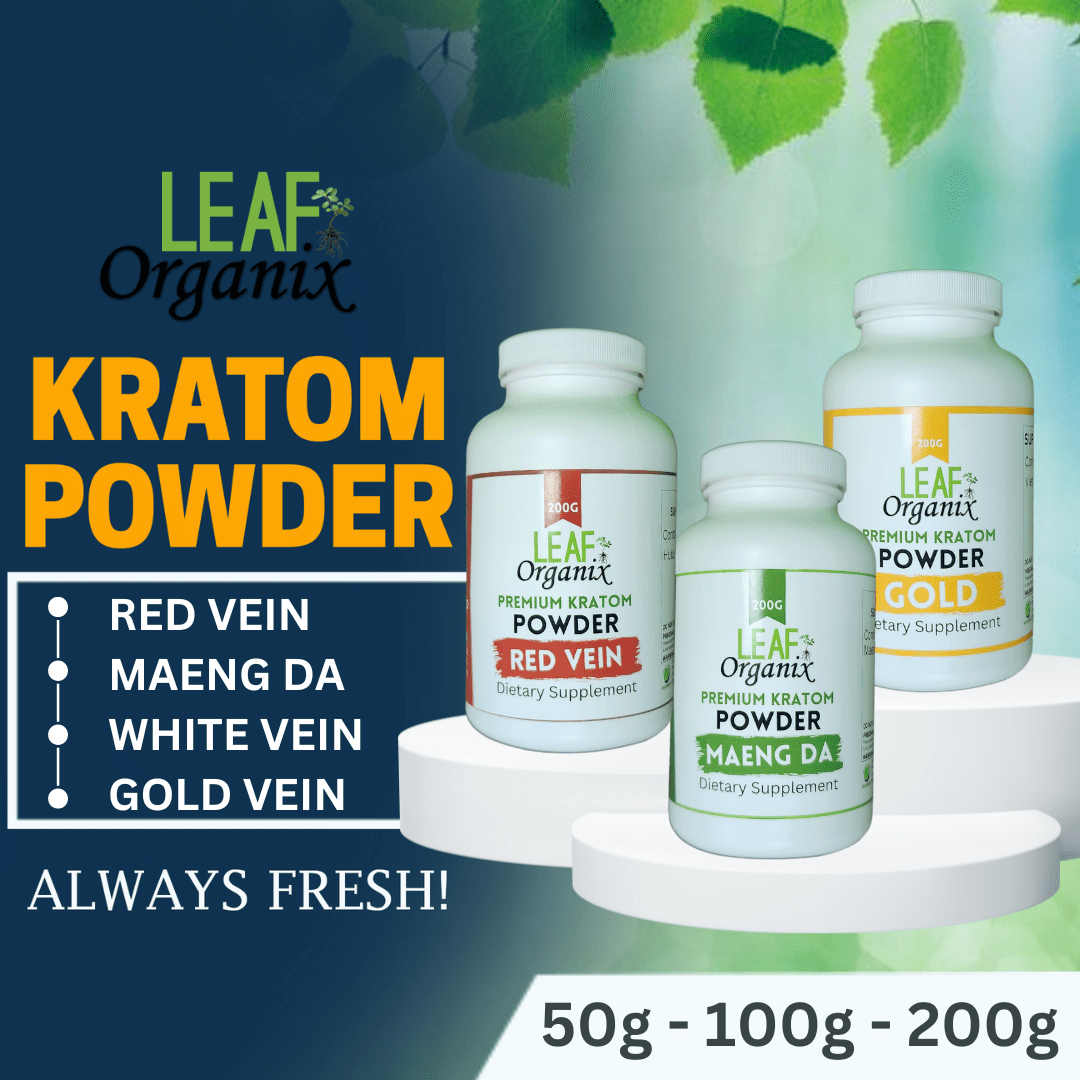
The Art of Mixing Strains
a. The Fundamentals of Kratom Strains
Kratom strains are not one-size-fits-all; each has its distinct characteristics and properties. Here’s a brief overview:
- Red Vein: Known for its calming and soothing effects, Red Vein Kratom is a popular choice for relaxation and pain relief.
- Green Vein: This strain strikes a balance between relaxation and energy. It’s often favored for its mood-enhancing and focus-boosting qualities.
- White Vein: White Vein Kratom is a potent energy booster and is sought after for its stimulating effects.
- Gold Vein: Gold Vein Kratom is a rare find, offering a blend of relaxation and energy, making it a versatile choice for various needs.
- Maeng Da: Maeng Da is renowned for its strong and long-lasting effects. It’s the go-to strain for those seeking an extra kick.
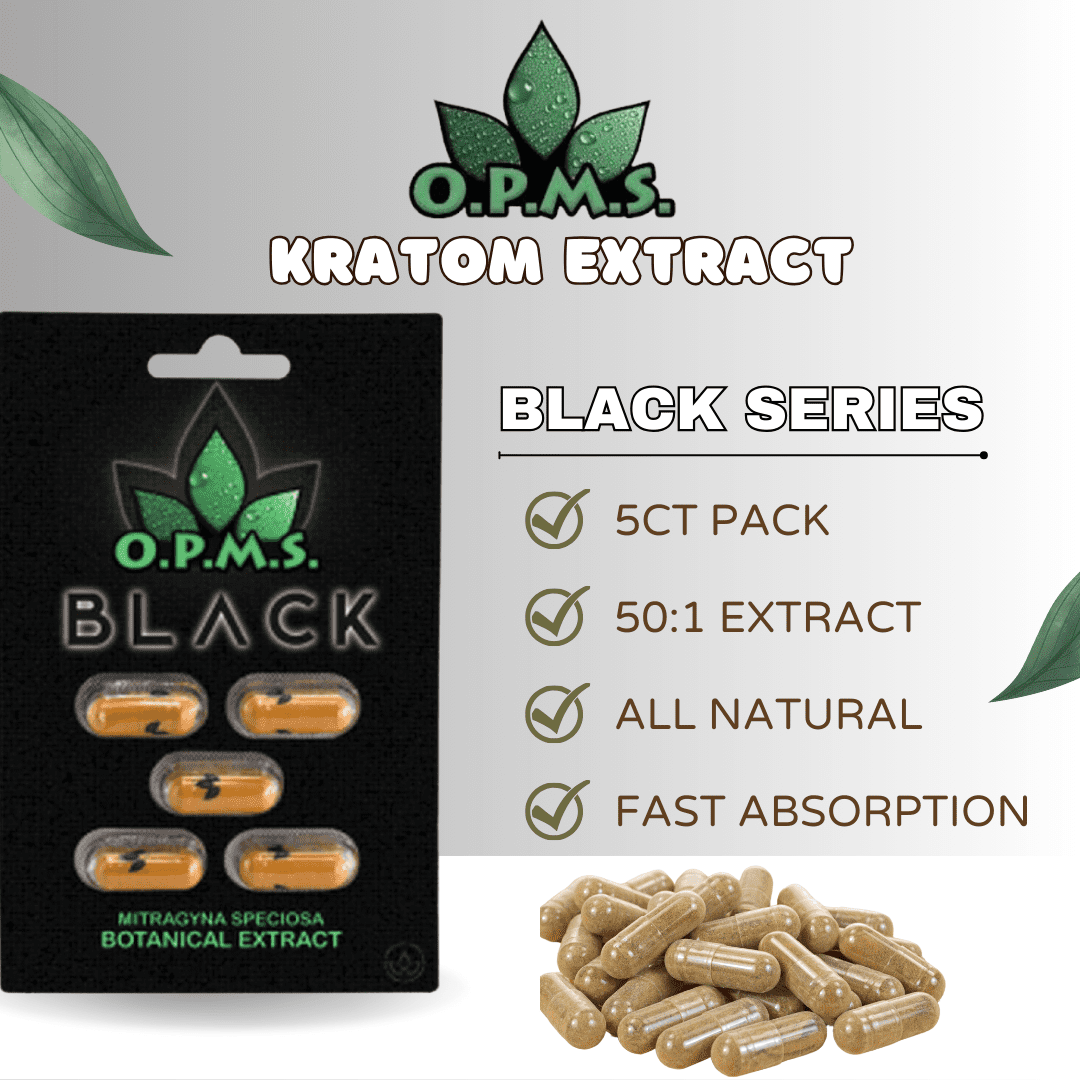
b. The Benefits of Mixing Strains
Mixing strains can lead to a wide array of benefits. By combining different strains, you can create a balanced and tailored experience that suits your needs. Here are some advantages of mixing Kratom strains:
- Enhanced Effects: Blending strains can intensify or prolong the desired effects, whether it’s relaxation, energy, or pain relief.
- Tolerance Management: Mixing strains may help prevent or reduce tolerance buildup, allowing you to maintain the efficacy of Kratom over time.
- Customized Experience: Create a unique and personalized experience by fine-tuning the balance of relaxation, energy, and other effects.
- Synergy: Certain combinations of strains can produce a synergy, enhancing the overall experience.
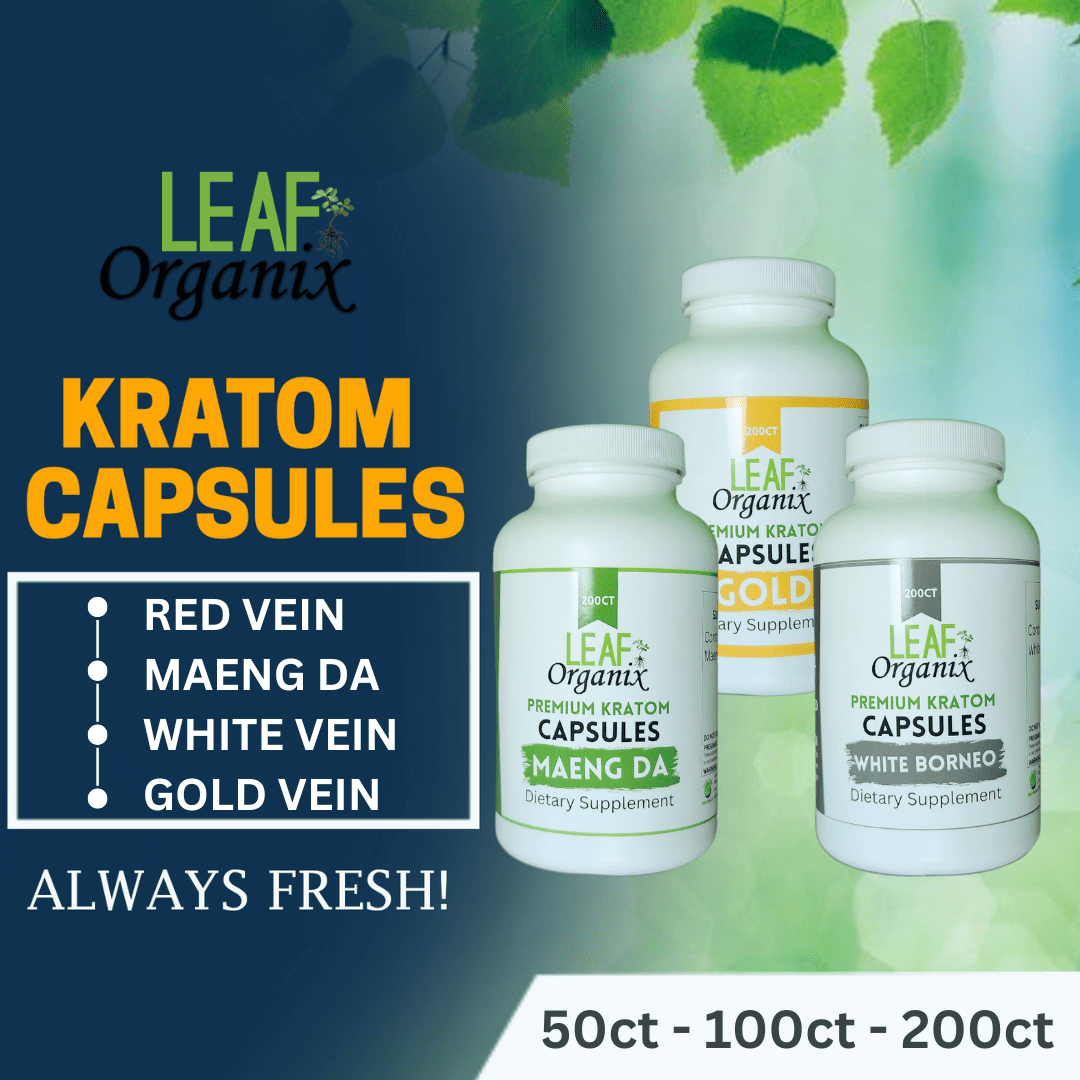
c. How to Mix Strains
Mixing strains is an art, and there are various methods to go about it:
- Blend Powder: The simplest method is to mix different Kratom powders together. Start with small proportions and adjust as needed.
- Layering: Some users prefer to layer different strains, taking one strain first and then another. This can create a layered effect.
- Rotating Strains: Regularly rotating strains can help prevent tolerance buildup and keep the experience fresh.
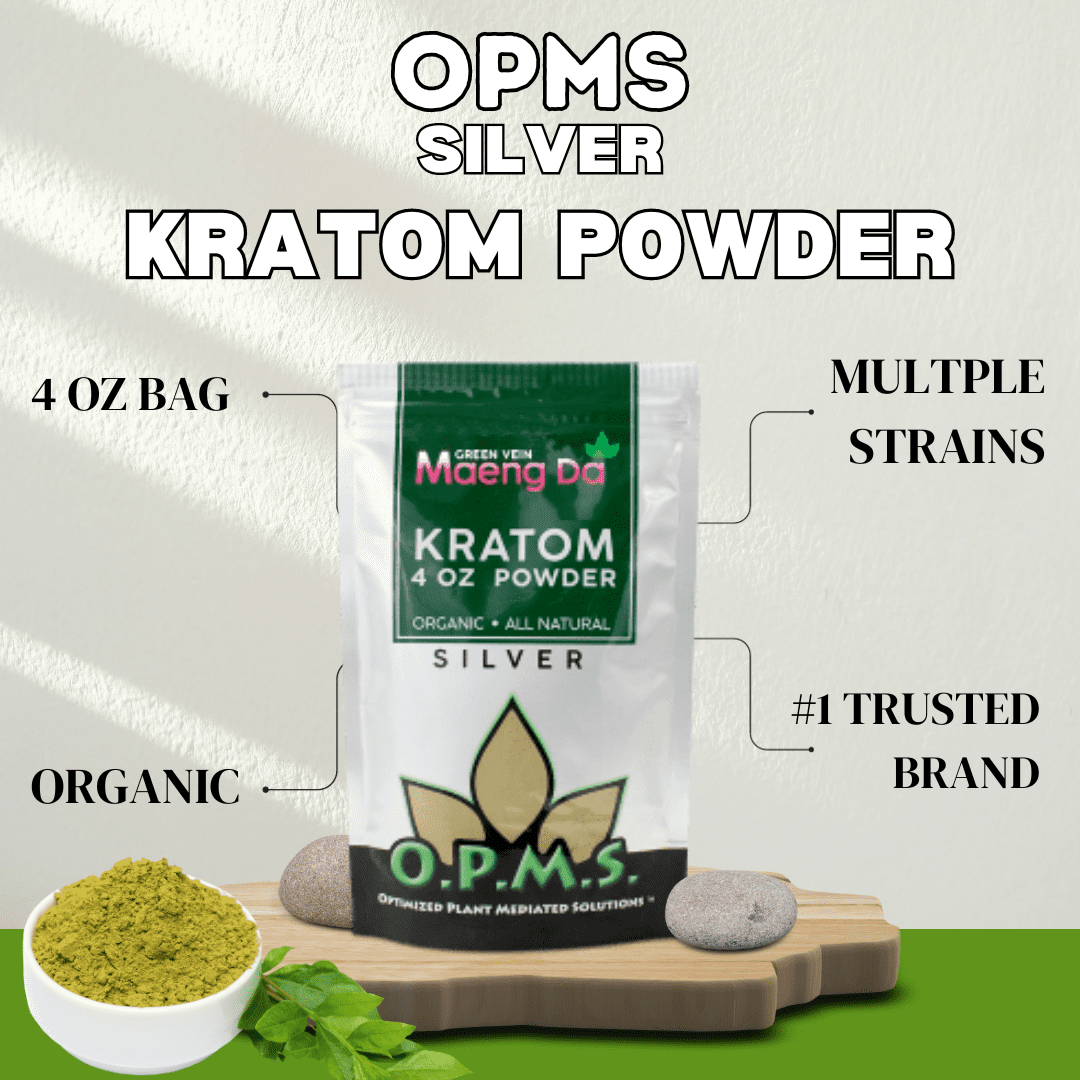
Popular Kratom Strain Combinations
Now that we have explored the fundamentals of Kratom and the art of mixing strains, let’s delve into some popular Kratom strain combinations:
a. Bali and Maeng Da
- Bali: Known for its relaxation properties, Bali is often blended with Maeng Da to add a dash of energy, making it a balanced choice for both relaxation and alertness.
b. Green and White Vein
- Green Vein: A moderate energy booster.
- White Vein: A potent stimulant.
Combining these two strains can provide a smooth and sustained energy lift with improved focus and mood enhancement.
c. Red and Gold Vein
- Red Vein: Known for relaxation and pain relief.
- Gold Vein: A rare, well-rounded strain.
Mixing Red and Gold Vein strains can create a calming yet uplifting experience that’s excellent for stress relief and relaxation.
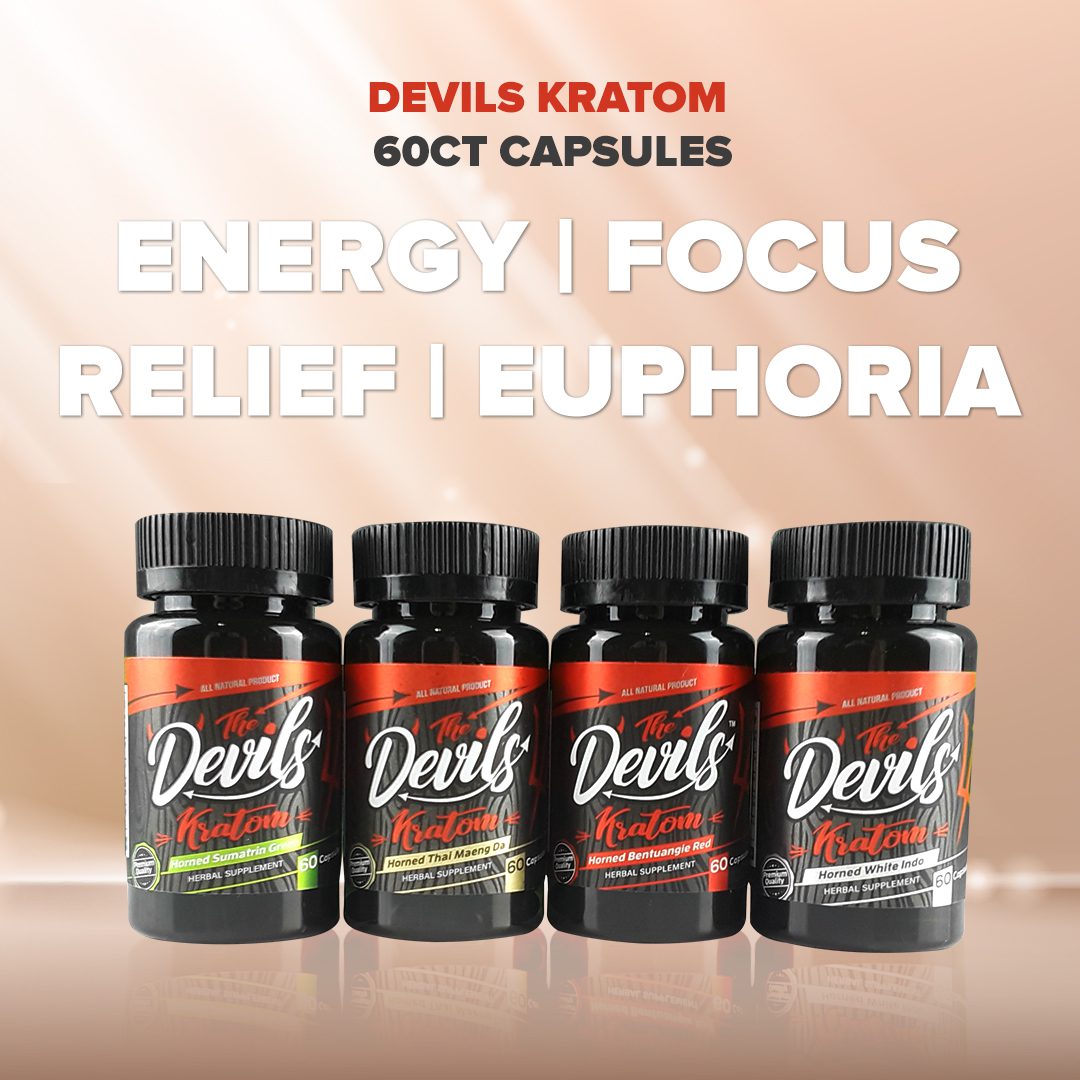
Pros and Cons of Mixing Strains
Pros:
- Customization: Mixing strains allows you to tailor your experience to your needs and preferences.
- Enhanced Effects: Achieve a more pronounced or prolonged impact by blending strains.
- Tolerance Management: Reduce the risk of building up a tolerance to Kratom, preserving its effectiveness over time.
- Synergy: Certain combinations may result in a synergistic effect, providing a unique experience.
Cons:
- Trial and Error: Finding the right combination can be a matter of trial and error.
- Potentially Expensive: Purchasing multiple strains for blending can be costlier than sticking to a single strain.
- Complex Dosage: Calculating the appropriate dosage for blended strains can be tricky.
- Potential Side Effects: There is a possibility of experiencing unexpected side effects when mixing strains.

Safe and Effective Dosage
When it comes to blending Kratom strains, it’s essential to find the right balance and dosage. The ideal dosage depends on your tolerance, body weight, and the strains being mixed. It’s advisable to start with smaller quantities and gradually increase until you achieve the desired effects. Keep a record of your dosages to ensure consistency and avoid potential side effects.
Potential Side Effects
While Kratom is generally well-tolerated, there are potential side effects to consider when mixing strains. These can include:
- Nausea
- Dizziness
- Digestive issues
- Headaches
- Sleep disturbances
If you experience any adverse effects, it’s essential to adjust your dosage or reconsider your strain combination. Always consult with a healthcare professional if you have concerns.
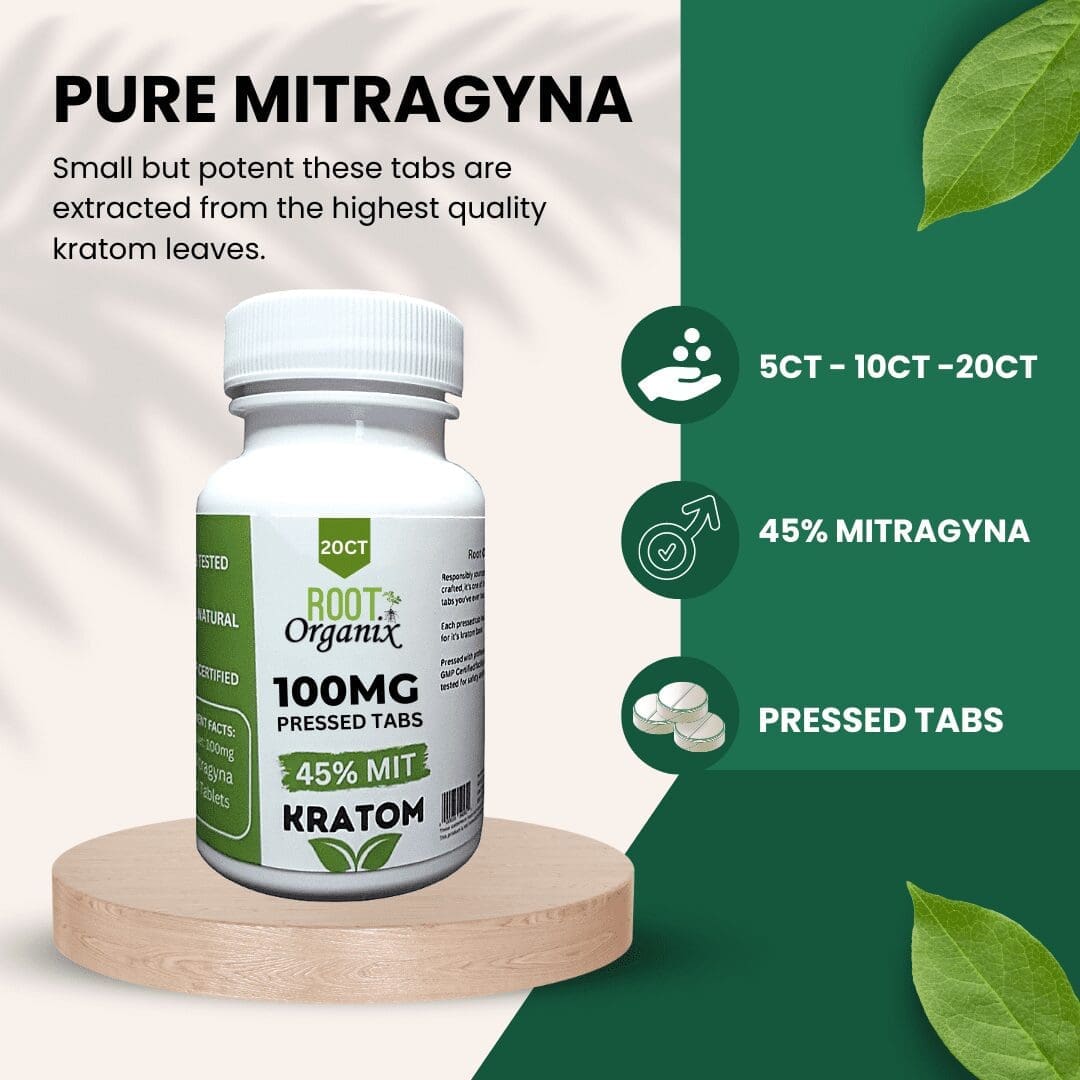
Legal and Safety Concerns
It’s crucial to be aware of the legal status of Kratom in your region. While Kratom is legal in some places, it is regulated or prohibited in others. Make sure to follow local laws and regulations regarding Kratom use.
Additionally, always purchase Kratom from reputable vendors who test their products for purity and quality to ensure your safety.
Conclusion: The Alchemy of Mixing Strains
Blending kratom with other substances can enhance its effects or cause adverse reactions. It is important to understand the effects of mixing kratom, safety precautions, and potential risks before trying.
In conclusion, blending Kratom strains is an art that opens up a world of possibilities for Kratom enthusiasts. Understanding the characteristics of different strains, their benefits, and potential combinations empowers users to create a customized experience that caters to their unique needs.
While there are pros and cons to blending Kratom strains, the potential for enhancing effects, managing tolerance, and achieving synergy is a compelling reason for many to explore this practice. Remember that safe and effective dosing, awareness of potential side effects, and adherence to legal and safety guidelines are essential when embarking on this Kratom journey.
Mixing strains is an exciting endeavor that can unlock the true potential of this remarkable botanical. By blending the art and science of Kratom, you can achieve a harmonious symphony of relaxation, energy, and well-being tailored to your liking.
FAQs
Can You Mix Kratom with Coffee?
Can You Mix Kratom with Alcohol?
Can You Mix Kratom with Cannabis?
Can You Mix Different Strains of Kratom?
Can You Mix Kratom with Prescription Medications?
Related Articles:
- Top 5 KRATOM Strains for Mood Enhancement
- Benefits of Herbal Supplements Joint Pain
- Kratom Use Linked To Liver Damage: The Data
- Kratom Tea Benefits And How To Guide
- Best Kratom Blend For Energy And Focus
Meet The Author


